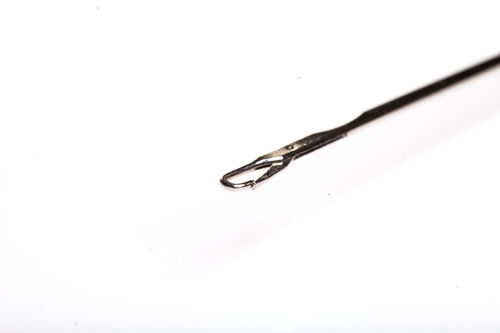Content:
Introduction: Fishing at night can be an exhilarating experience, offering a unique blend of tranquility and adventure. As the seasons change, autumn brings with it cooler temperatures and a different set of challenges for anglers. In this article, we will delve into the art of nighttime fishing techniques and provide valuable insights on how to fish effectively during the autumn months.
Choosing the Right Location: The first step in successful nighttime fishing is selecting the right location. Look for areas with good water flow, such as rivers or streams, as they tend to provide more consistent fish activity. If you prefer stillwater fishing, search for shallow areas with abundant vegetation or structures like logs and rocks, as they attract fish seeking shelter and food.
Timing is Key: Autumn brings shorter days and longer nights, making timing crucial for successful nighttime fishing. The best time to fish is during the twilight hours, when the sun is setting and the sky is transitioning from daylight to darkness. This period, known as the "first light" or "last light," is when fish are most active and susceptible to bait.
Equipment Selection: To fish effectively at night, it is essential to have the right equipment. Here are some key components to consider:
a. Rod and Reel: Opt for a medium-action rod with a sensitive tip to detect subtle bites. A quality reel with a smooth drag system is crucial to handle the increased resistance from larger fish.
b. Line and Leader: Use a monofilament line with a breaking strength of 6-12 pounds, depending on the target species. A fluorocarbon leader of 6-10 feet will help you present your bait more naturally and reduce visibility to fish.
c. Lures and Baits: In autumn, fish become more cautious and prefer natural-looking baits. Soft plastics, such as worms, grubs, and crayfish imitations, are excellent choices. Additionally, live bait like nightcrawlers or minnows can be highly effective.
Presenting Your Bait: During the twilight hours, fish are more likely to feed on the surface or near the bottom. Here are some techniques to present your bait effectively:
a. Topwater Lures: Cast your topwater lure into shallow areas and work it with short, erratic retrieves. The noise and movement of the lure can attract fish from a distance.
b. Subsurface Techniques: For fish feeding near the bottom, use a Carolina rig or a Texas rig with a soft plastic bait. Work the bait slowly and steadily, allowing it to sink to the desired depth before retrieving.
c. Live Bait: If using live bait, such as nightcrawlers or minnows, present them on a simple hook and allow them to swim naturally. The natural movement and scent of the live bait can entice fish to strike.

Patience and Persistence: Nighttime fishing requires patience and persistence. Fish may be less active during the cooler autumn months, so it is crucial to remain patient and stay focused. Keep experimenting with different techniques and baits until you find what works best for the specific conditions and fish species.
Safety Precautions: When fishing at night, it is important to prioritize safety. Here are some key safety tips:
a. Inform someone of your fishing plans and expected return time.
b. Carry a flashlight or headlamp to illuminate your surroundings and maintain visibility.
c. Wear appropriate clothing to protect yourself from the cooler temperatures and potential hazards.
Conclusion: Nighttime fishing during the autumn months can be a rewarding and memorable experience. By selecting the right location, timing, equipment, and techniques, you can increase your chances of success. Remember to prioritize safety and stay patient, as autumn fishing may require more effort than during warmer seasons. With practice and persistence, you will master the art of nighttime fishing and enjoy the tranquility and beauty of autumn on the water.












